PAUL SENYOL
PEOPLEText: Bertina Appel
Paul Senyol was born and raised in Welgemoed, a small suburb near Cape Town. He started painting and drawing at the age of 16. With no formal training as an artist, he worked from his bedroom, then garage, and now has a spacious studio in Woodstock.
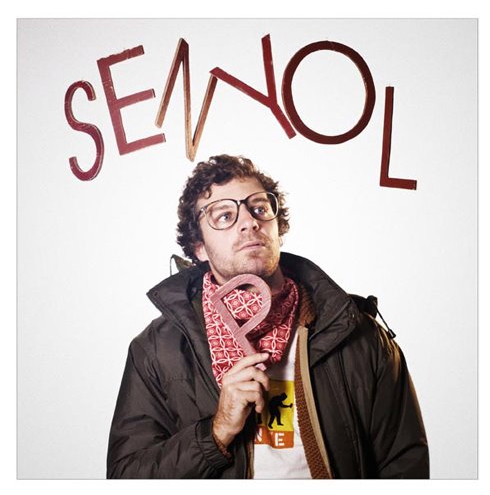
His work comprises of mixed media for his paintings, drawings, and for his furniture designs. His paintings can be described as a personal mind map when looking in them, like an image into his subconscious on a specific subject. He tends to use various colour harmonies for his paintings, as they convey a certain theme to create an intimate atmosphere into the artist’s mind and subjective view of a specific issue. His drawings also show personal and intricate mind maps, as he uses both text and illustrations to culminate how ideas and new concepts naturally come to him.
Paul also works as a graphic designer by day. You can check out more of Paul’s work on his blog.
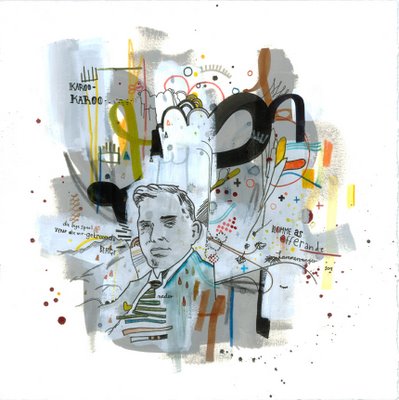
c_loius leipoldt karoo winter, 300 x 300mm, Mixed media on fabriano paper
Describe your general style and art medium for painting, and furniture design.
I like to use a lot of colour, and I enjoy texture within my work. I like to combine these within my paintings, especially the intricate details of the work. I like to use a lot of shapes, and composition is very important to me.
Do you have any influences for your creativity? If so what/who are they?
Most of my work is influenced by creation, and the ultimate creator, Jesus Christ. Therefore, I’m very interested in nature, its interaction with us, and vice versa. I enjoy studying the intricate details, patterns, and colours within nature.
I also like the interaction between people within our built environments, with each other, public spaces, and conversations between people, etc.
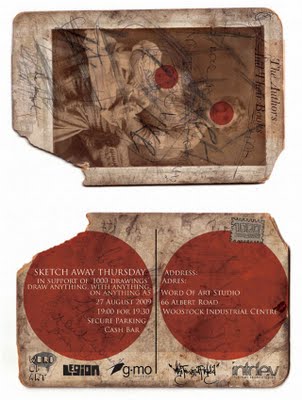
You did some works a few months ago for the “No Stranger Land” exhibition at Salon 91. You’re works were very intriguing; briefly tell us what they were about. I noticed you use a bit of German and French for some paintings. I know language helps shape the way you see the world. So was the languages, therefore, used to help get the specific message across to the viewer?
My starting point for my works was based upon the idea of language either acting as a means to connect or distance people from one another. My initial ideas stemmed from the book of Genesis, where the people sought to build a tower named Babel into the heavens. As punishment, God scattered them and confused their speech. I found this strange, as men have been divided along what should be a simple means of relating to one another.
So with that in mind, I created a series of works based on language as their cornerstones. I did an English painting in which I borrowed a mental imagery from a poem by Samuel Taylor Coleridge. I did two Afrikaans paintings, which was also based on two prominent Afrikaans poems. I did a German painting based on a German poem, and I did a French painting which contains a psalm from the Bible.
I wanted to create works that people would be able to relate to, either on a purely visual basis, or be able to interpret it with the help of the words and phrases contained within the works.
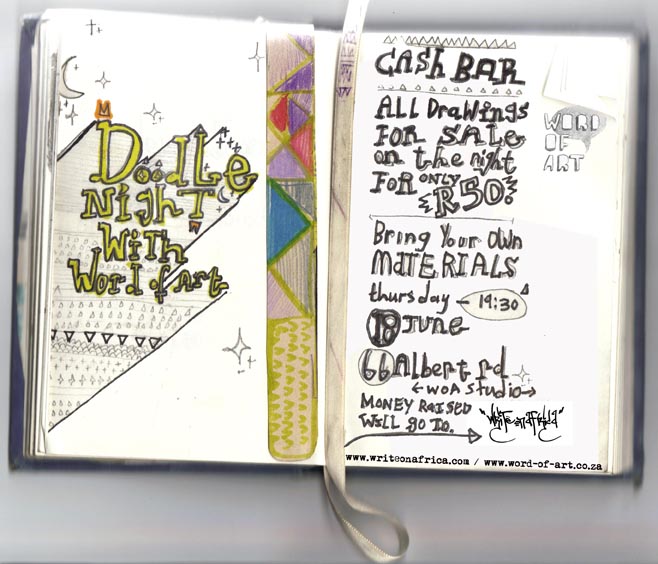
Doodle Night
Let’s talk about your illustrations such as “Doodle Night”, as well as the various scenes and sketches created within your paintings. You write a lot in and around the pictures, they remind me a lot of mind maps, are they you mind maps? Also tell us more about your recent work “Sketch Away Thursday.”
Yes, my paintings are most definitely mind maps.
The initial thought will drop into my mind, and then I enter it into my notebook, which I carry with me everywhere. A word can stem after various progresses and stages stemming from a single word or phrase.
Eventually, these ramblings find there way into artworks, although they never land up remotely resembling the original sketch book entries.
I like to weave various parts of words, images, and textures and materials together, to build up the painting bit by bit, layer by layer. I usually start with a few main spaces or images that I want to come through in the artwork, and then work in and around those.
Ricky Gordon from Word-Of-Art requested that I create a flyer for the previous Sketch Thursdays. I started with the idea of using an old weathered and worn family photo. I layered the photo over with various doodles and notes that I collected on the streets; I wanted to convey the feeling of a bunch of styles converging into one space.
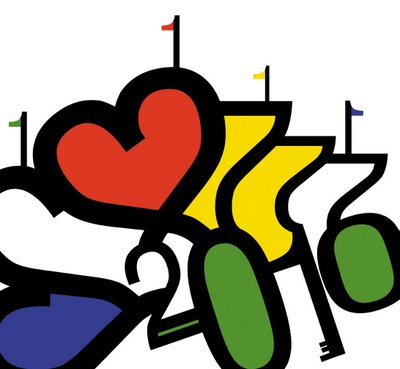
FIFA 2010 welcome pack design
You also did the FIFA welcome pack design. Tell us more about that please.
Well, the job for FIFA was a print for the Welcome Pack shopping bag.
I used all the digits in 2010 to illustrate the design, 2s, 1s, 0s, and I incorporated all the colours of the South African flag. I arranged the digits to form a cascading series of cups and a key in the corner, denoting the idea that 2010 is the key to something new for our country and people.
The job was done through Word-Of-Art creative agency.
What of your furniture design works? How did you get started in that?
I have been building furniture, on and off for a few years now, most often than not. I build furniture to fulfil a purpose in my studio or home, so everything I build is first of all very functional, serves a very specific purpose, and then I build them to look good. For me, the aestheticism of the piece follows its functionality.
I work mostly in wood, because I enjoy the texture and look and feel of the grain, colour and ease of entry.
This summer I am building a showroom for Levis jeans, for the ‘Rocking the Daisies’ outdoor rock ‘n roll festival.
What can we expect from Paul Senyol for the rest of 2009/2010?
For the rest of 2009, I have a few smaller group shows lined up, which are going to be interesting to work on. I will be working on the “Papergirl/Paperboy” project for Cape Town with Marci Goosen at Exchange Creative and her Dream Team.
I am putting together a body of work for a solo exhibition in 2010. I will also be doing new and interesting projects and collaborations. I’m also planning and conceptualising some new work for the streets.
Where can we find your work being currently displayed?
The best place right now would be my new studio in the Woodstock industrial centre, feel free to drop me an email to arrange an appointment to view my work, or chat about commissions or projects.
Text: Bertina Appel




